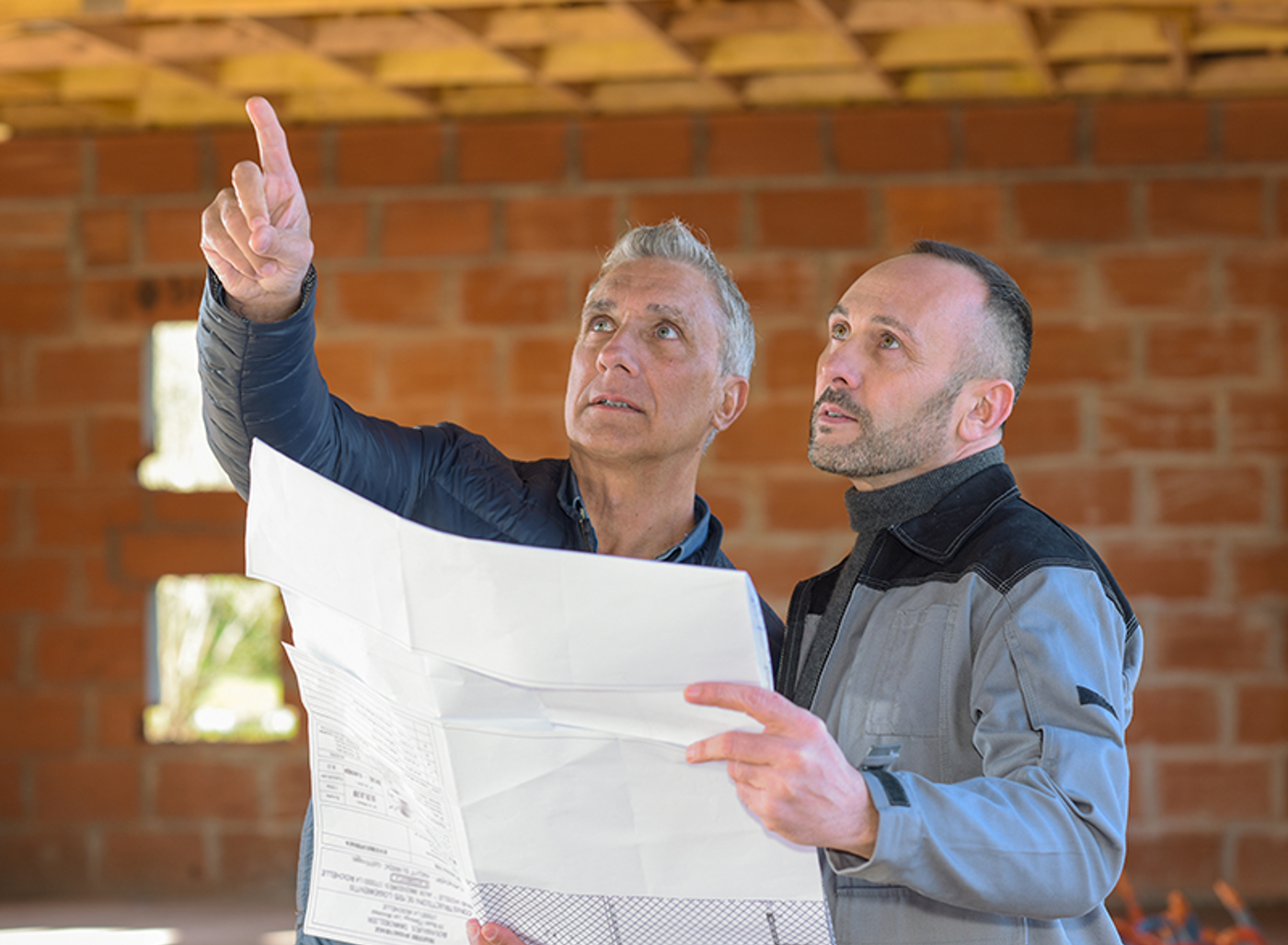
It’s crucial that all LBPs stay up-to-date with the New Zealand Building Code – here are some recent updates.
![]()
The Ministry of Business, Innovation and Employment (MBIE) regularly issues determinations to clarify and interpret the New Zealand Building Code. These determinations provide valuable insights for construction professionals, helping to ensure compliance and best practices. Here's a summary of some of the most recent key determinations:
Weathertightness
Recent determinations have emphasised the importance of proper weathertightness measures, particularly in coastal environments. MBIE has clarified that:
- Stainless steel fixings are now mandatory for exterior claddings within 500m of the coastline, replacing previous hot-dip galvanized options
- Cavity construction is required for all direct-fixed cladding systems in wind zones classified as "high" or above.
- Additional waterproofing measures are necessary for deck-to-wall junctions, with specific detailing requirements outlined.
Fire Safety
Fire safety continues to be a critical focus, with recent determinations addressing:
- Clarification on the use of intumescent coatings for steel structures in multi-story buildings.
- Updated requirements for fire separations in mixed-use buildings, particularly those combining residential and commercial spaces.
- Revised specifications for smoke alarm placement in residential dwellings, including interconnectivity requirements.
Accessibility
MBIE has issued several recent determinations aimed at improving building accessibility:
- Clearer guidelines on the required dimensions for accessible bathrooms in public buildings.
- Specifications for tactile ground surface indicators at pedestrian crossing points.
- Updated slope requirements for wheelchair ramps, with a maximum gradient of 1:12 now mandated.
Energy Efficiency
With an ever-growing emphasis on sustainability, recent determinations have addressed:
- Increased minimum R-values for roof insulation in new residential construction.
- Clarification on the calculation methods for overall thermal performance in commercial buildings.
- Guidelines for the integration of on-site renewable energy systems and their impact on building code compliance.
Structural Design
Several determinations have focused on structural integrity, particularly in light of seismic considerations:
- Updated seismic design factors for specific soil types and geographical locations.
- Clarification on the use of base isolation systems in medium-rise buildings.
- Revised requirements for structural steel connections in moment-resisting frames.
Compliance
MBIE has also issued determinations on compliance pathways:
- Expanded acceptance of international standards as alternative solutions, provided they meet or exceed NZBC requirements.
- Clarification on the use of producer statements and their role in the building consent process.
- Guidelines for the use of digital tools and BIM in demonstrating code compliance.
These recent determinations reflect the evolving nature of building practices and technologies and LBPs should stay informed about these updates to ensure their projects meet the latest requirements of the New Zealand Building Code.
Regular consultation of MBIE's determination database and participation in industry training sessions are recommended to maintain up-to-date knowledge.
